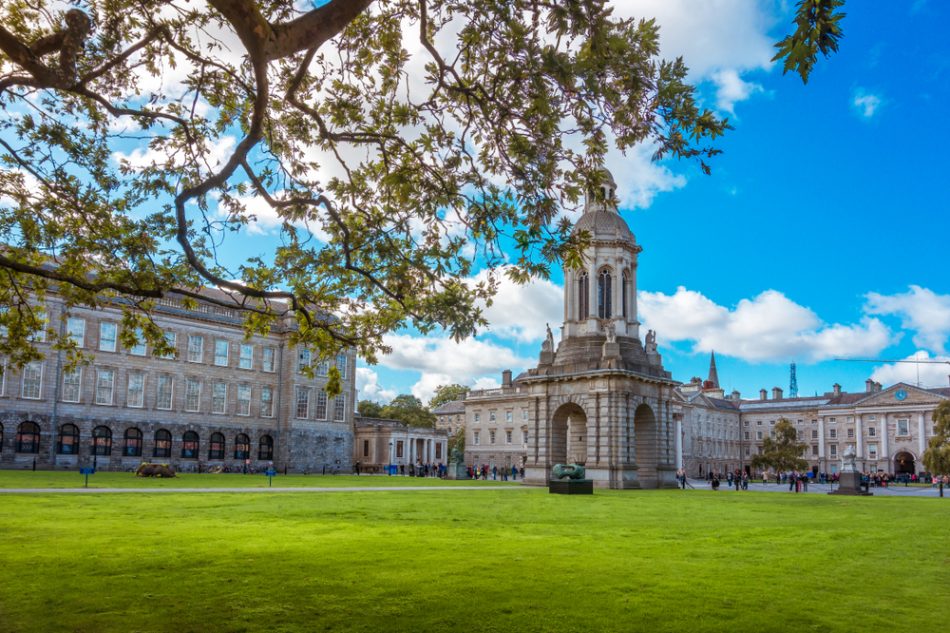We recently shared a very popular article about replacing tradition lawns with a clover alternative. Trinity College Dublin is taking a page out of the alternative grass handbook and opting to turn their college green into a native flower garden to promote pollinator health and boost biodiversity.
The change comes as a response to Ireland’s biodiversity crisis. Traditional lawns require lots of irrigation and their mowing and ground preparation needs can disturb insects that feed and nest in the soil. The new flower garden will support biodiversity and provide a habitat for native insects and food for pollinators on the campus located in Dublin’s city center.
The wildflowers being planted will include a mix of annuals and perennials, mostly of Irish origin, and are all in line with the country’s All-Ireland Pollinator plan, a national initiative which aims to increase pollinator populations.
Over 13,000 students, staff, and members of the public voted on the project with 90 percent in favor of the more sustainable garden option. A team of gardeners broke ground on the project this summer, planting a wide variety of flowers to offer nearly year round blooms
Professor John Parnell, Chair of Trinity’s grounds and gardens committee said, “The green space outside our iconic Front Gate may look a little less tidy than it once did but will be more colourful and serve as a constant reminder of what nature looks like while underlining the increasingly important role we all have in protecting our environment.”
Landscaping areas with native plants that seamlessly integrate with natural ecosystems is a great solution for boosting pollinator populations and ensuring that altered natural spaces still support local habitat needs. We hope to see more universities and public lands take on similar initiatives and, if you have a lawn at your own house, why not use some of your quarantine time to turn it into a native plant garden?











